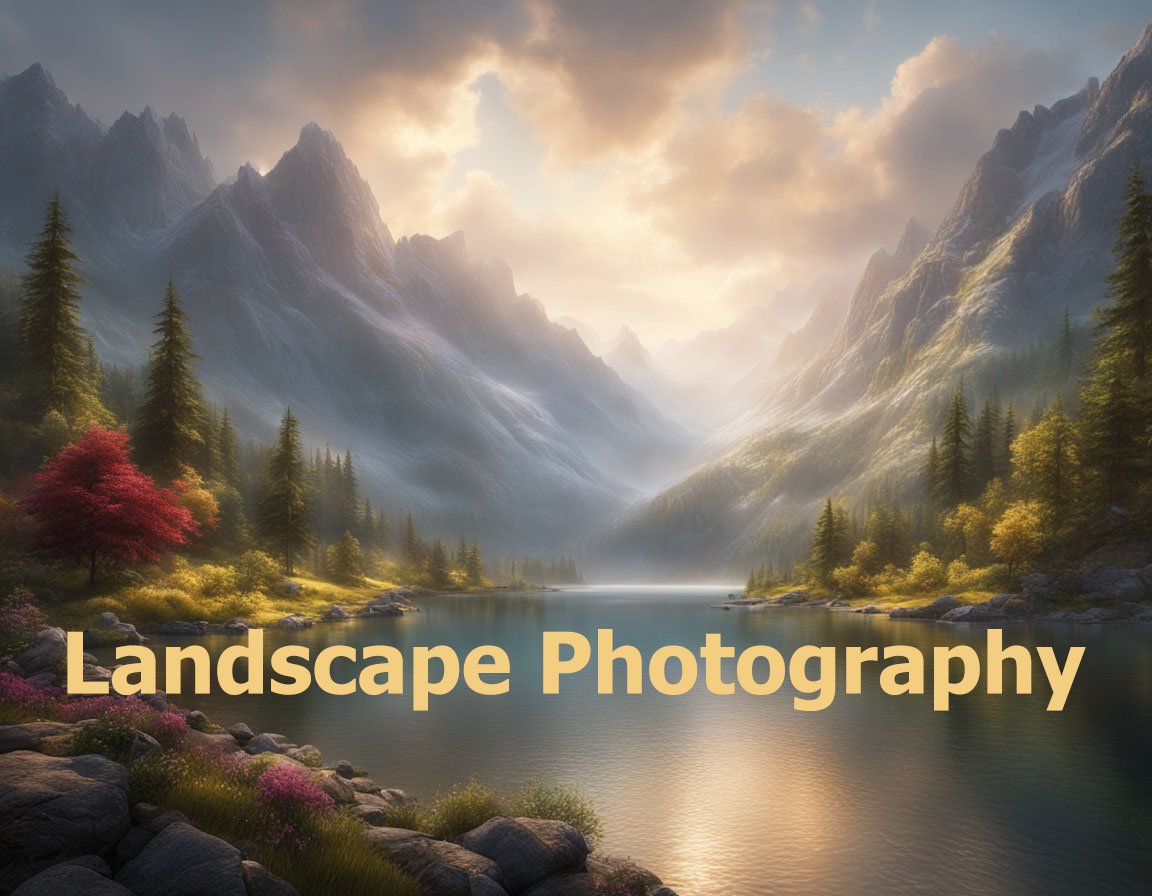Shooting landscapes is a beloved pastime and profession for many photographers, offering endless opportunities to capture the beauty of nature in unique ways. One of the most creative approaches to landscape photography involves utilizing high and low angles, providing viewers with perspectives they might not typically observe. Understanding how these angles can be used to enhance landscape photography is crucial for any photographer looking to diversify their portfolio and capture stunning images.
High-angle photography involves shooting from a position higher than your subject. For landscapes, this often means finding elevated vantage points to shoot from. Mountains, cliffs, and tall buildings are popular choices for capturing high-angle shots. This technique is particularly effective for presenting vast expanses and emphasizing patterns, such as the winding curves of rivers or the geometric patchwork of agricultural fields. To achieve a successful high-angle shot, using a wide-angle lens can accentuate the vastness of your scene, drawing viewers into the photograph and encouraging them to explore every element captured within the frame. Additionally, high angles can provide a sense of scale and depth that is unachievable from ground level, particularly when there are significant features like trees, lakes, or human figures included for reference.
Moreover, high-angle photography offers the chance to play with lighting in novel ways. Sunrise and sunset provide dramatic lighting that casts long shadows and enhances color saturation, creating a visually mesmerizing scene. The blue hour—just before sunrise or right after sunset—can also imbue high-angle shots with a magical quality, as the indirect light creates a soft, even illumination across the landscape. Furthermore, photographers should consider using aerial photography equipment such as drones, which have revolutionized the capacity to capture high-angle landscapes by providing unprecedented flexibility and mobility.
On the other hand, low-angle photography involves positioning the camera below the subject, aiming upwards. This can be as simple as kneeling down or lying flat on the ground to capture your shot. Low-angle landscapes can evoke a sense of grandeur and power by imposing elements like towering trees, mountains, or architectural features against the backdrop of the sky. This perspective can create striking compositions where the vastness and majesty of the scene dominate the viewer’s field of vision.
To maximize the effectiveness of low-angle shots, photographers can play with the foreground. By positioning elements like rocks, flowers, or water patterns at the forefront of the frame, the shot gains depth and dimension, leading the eye through the photograph from front to back. Low angles also allow sunlight to interact with the landscape in unique ways, often illuminating the scene with dramatic, contrasting light. Shooting during the golden hour can infuse the scene with warm, soft light that highlights textures and adds richness to the composition.
When employing either high or low angles, it is essential to have a firm grasp of your equipment. In high-angle photography, stability is critical—using a tripod can help maintain sharpness and minimize camera shake. This is especially important for longer exposures, which may be necessary to capture the perfect amount of light. Similarly, for low-angle shots, the use of a small aperture will aid in achieving a wide depth of field, ensuring both the foreground and background remain sharp and clear.
Composition is another aspect where shooting from high and low angles diverges notably from typical eye-level shots. The use of leading lines and the rule of thirds becomes even more relevant, guiding the viewer’s gaze seamlessly through the photograph regardless of the perspective. In high-angle photography, the landscape itself often provides natural lines to guide the eye, such as roads or rivers. Conversely, low-angle shots can create dynamic and powerful compositions through the exaggerated convergence of lines towards the top of the frame.
Utilizing varying angles in landscape photography expands a photographer’s creative toolbox, offering enriched narratives and diverse visual experiences. High angles can showcase the breadth and drama of a landscape, while low angles can highlight the power and intimacy of nature. By mastering both techniques, photographers open up an array of possibilities for storytelling through their work, engaging their audience with fresh and exciting perspectives. Developing these skills requires practice; understanding the nuances of light, composition, and equipment will yield the best result. Experimenting with different vantage points and embracing the creative challenge will lead to a fulfilling photographic journey, capturing the world around us from angles less traveled.


